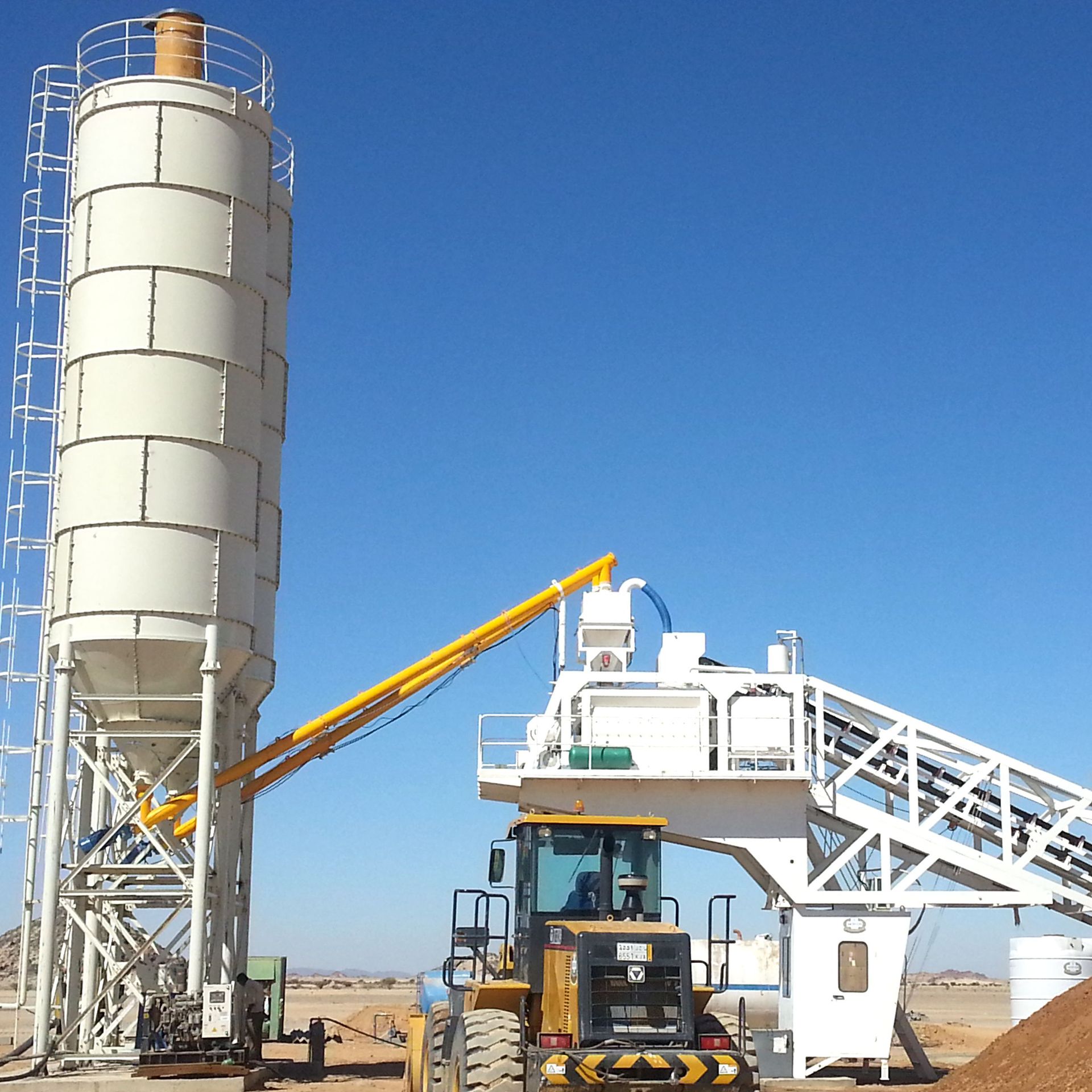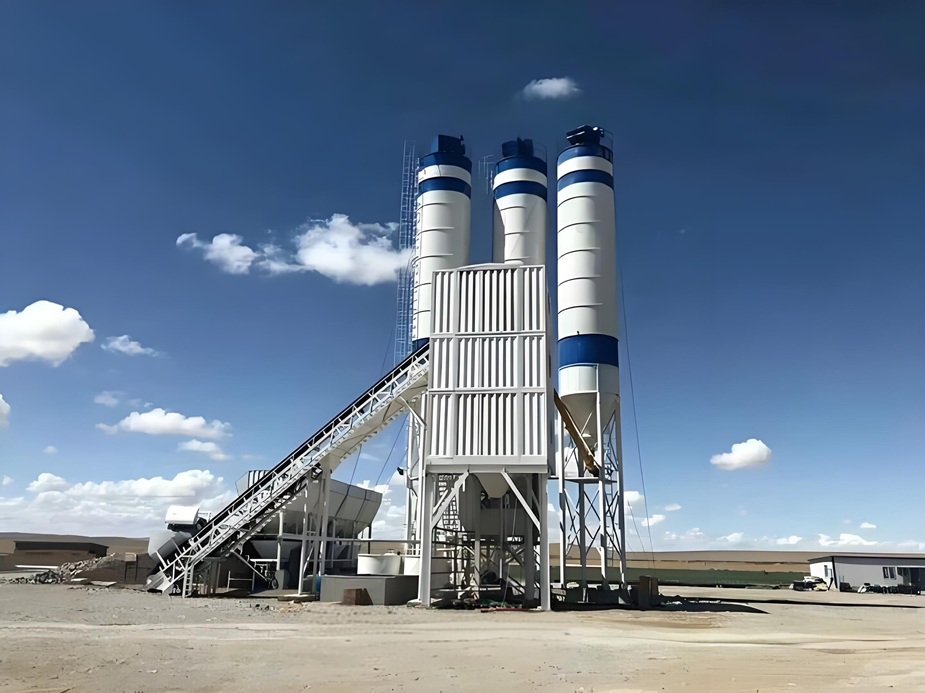When it comes to purchasing a concrete batching plant, one of the most crucial decisions is selecting the right production capacity. Whether you’re running a construction company, a precast factory, or a concrete supply business, choosing the wrong capacity can lead to project delays, higher operating costs, or wasted investment. This article will guide you through how to determine the appropriate output capacity for your concrete batching plant, depending on your actual needs.

1. Understand Your Project Needs
Before you consider different models, evaluate your daily concrete demand. Ask yourself:
What is the size and scope of your typical projects?
How much concrete do you need per day or per hour?
Will your projects require continuous concrete supply?
For small-scale projects such as rural housing, sidewalks, or municipal repairs, a small concrete batching plant (15–35 m³/h) may be sufficient. For medium projects like roads and bridges, you may need 50–75 m³/h. For large construction sites or commercial production, go for a large concrete batching plant (90 m³/h or above).
2. Consider the Type of Batching Plant
There are two main types of batching plants:
Stationary Concrete Batching Plant – Suitable for long-term projects or high-volume concrete supply. Ideal if you operate from a fixed location.
Mobile Concrete Batching Plant – Best for temporary sites or frequent relocation. Capacities often range from 25 m³/h to 60 m³/h.
Choosing the correct type affects not only the capacity but also your operational flexibility.
3. Match Capacity with Construction Timelines
Think about how long your project will last. A higher-capacity plant can speed up construction but also consumes more fuel, space, and maintenance. On the other hand, underestimating your required output will slow progress and increase labor costs.
A good rule of thumb: calculate your daily concrete need, then choose a plant with a capacity 20–30% higher to ensure consistent supply even during peak hours or maintenance downtime.
4. Evaluate Equipment and Layout Size
Larger capacity plants come with more equipment: cement silos, mixers, conveyors, etc. Make sure your site has enough space to accommodate the machinery and trucks for loading/unloading.
If space is limited, consider a compact concrete plant or containerized batching system, which provides high efficiency with smaller footprints.
5. Balance Budget and Long-Term ROI
High-capacity plants have higher initial costs, but may offer better return on investment (ROI) if your business has high daily demand. Smaller plants cost less and are easier to maintain but may limit growth potential.
Always consider:
Initial purchase cost
Installation and setup cost
Maintenance and operating costs
Future expansion possibilities
6. Local Regulations and Transportation
Don’t forget to check local laws on emissions, noise, and dust. In some areas, environmental approval depends on the plant size and output. Also, consider whether your chosen capacity can be transported easily to your location, especially for mobile batching plants.
7. Talk to a Reliable Supplier
Consulting with a professional concrete plant manufacturer can help you analyze your needs in detail. They can provide capacity charts, recommend the right mixer type (twin-shaft, planetary, drum), and suggest custom configurations for your project.

Conclusion
Choosing the right concrete batching plant capacity is all about balancing your project demands, site conditions, and budget. Whether you need a small mobile plant or a large stationary mixing plant, the right choice will help you increase productivity, reduce waste, and maximize profits. Take time to analyze your goals, and always work with a trusted supplier who can provide flexible, high-quality solutions tailored to your business.
If you’re looking for reliable, high-performance concrete batching plants with custom output capacities, feel free to contact us today. We’ll help you choose the best configuration for your specific needs.